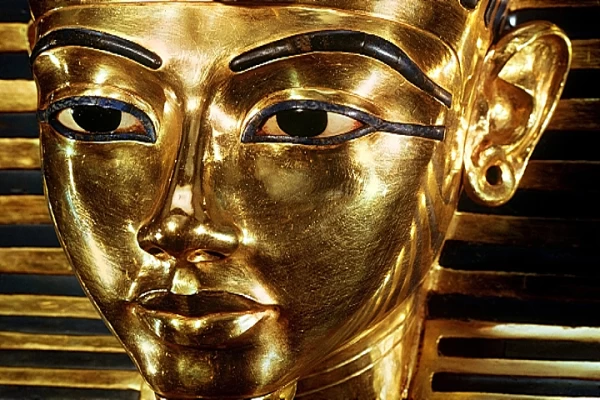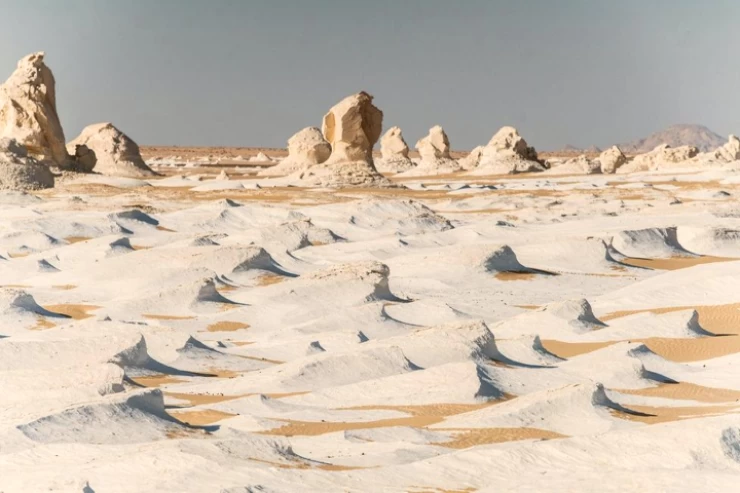
Egypt's Pharaohs Golden Parade
The Royal Mummies Parade
The eyes of the world turned towards Egypt, on April 3, 2021, to follow the Golden Journey, so called the majestic royal procession that included 22 kings and queens, which came out in a scene consistent with the greatness and grandeur of the ancient Egyptian civilization, and to highlight the state's ongoing efforts to develop and modernize Cairo and other ancient cities, who was the first king to leave the Egyptian Museum and the last king to exit from the Egyptian Museum in Tahrir to their permanent display place at the Museum of Civilization.
According to the sequence of historical events, the first to leave the Egyptian Museum of Civilization and the leader of the royal procession was King Sakhnen Ra Ta'a, of the Seventeenth Dynasty, who was the ruler of Thebes (currently Luxor), who started the war of liberation against the Hyksos and continued the war after him by his sons Kames and Ahmose I.
The rulers of Egypt in the Seventeenth Dynasty under the leadership of the southern king Sakhnen Ra Ta'a II began to resist the Hyksos occupation, especially since only a narrow strip of independent Egypt remained in Upper Egypt, which enjoyed a kind of autonomy under the control of the rulers of the ancient city of Thebes, which extended from Qusiya in the governorate of Assiut (the last Hyksos border in the south) to the Elephantine region in Aswan.
The rulers of Thebes began to feel strong, and began to ally with their neighbors from the princes of Egypt in the north and south, and wrote their names in cartridges preceded by royal titles to spite the Hyksos and to express their Egyptian self in the face of the brutal occupier.
On the other hand, regarding the last Pharaoh who physically departed from the Egyptian Museum in Tahrir during that era and in relation to the timeline of ancient Egyptian civilization, the final king to leave the Egyptian Museum and consequently the last one to arrive to its permanent exhibition at the National Museum of Egyptian Civilization is King Ramses IX who was the son of King Ramses III of the eighth king of the Twentieth Dynasty. He is believed to have reigned for about eighteen years, and this period was rather stable.















